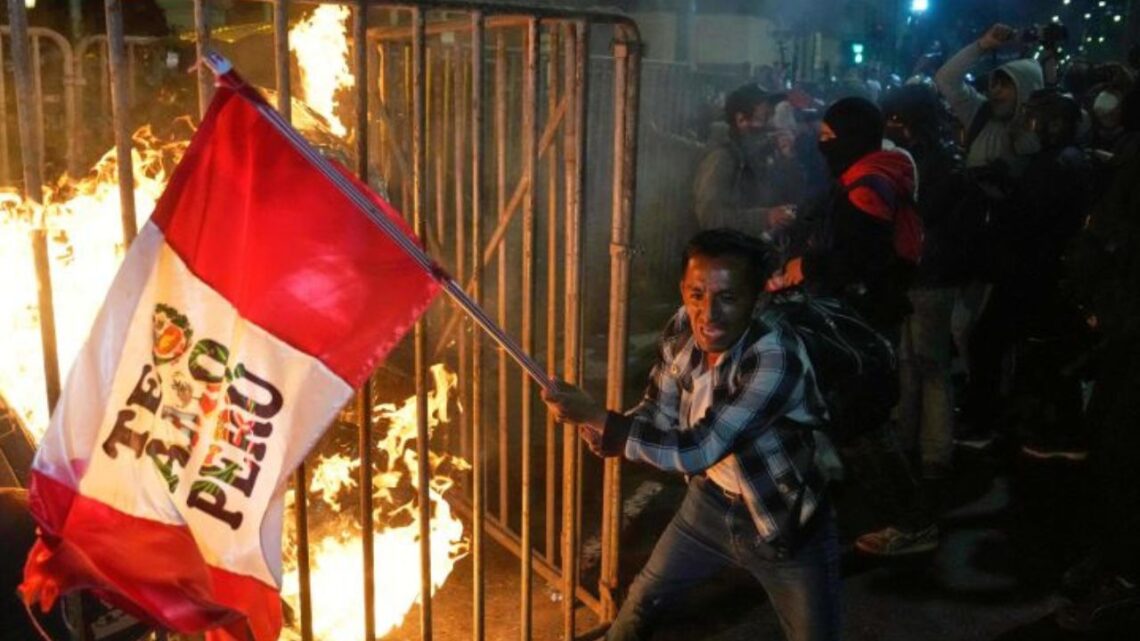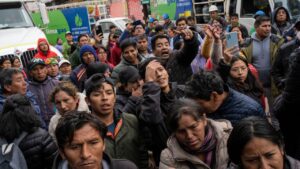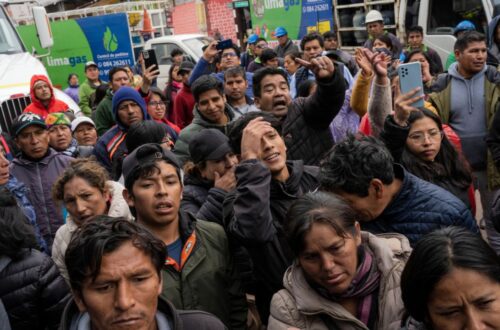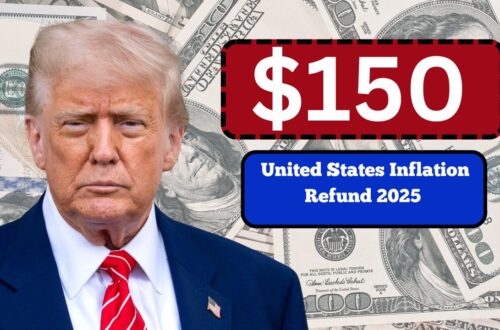Peru’s capital city, Lima, is facing one of its toughest times in recent years. With crime rates soaring and public fear growing, President Jose Jeri has declared a 30-day state of emergency in Lima and the nearby province of Callao.
The decision, announced on Tuesday, is meant to restore peace, reduce violence, and regain public trust.
A Move to Regain Control
The emergency declaration, approved by the Council of Ministers, started just after midnight. It allows the Peruvian armed forces and police to work together to maintain law and order.
This means soldiers will now patrol the streets alongside police officers in an effort to stop crimes such as robberies, assaults, and gang violence.
President Jeri explained that this action marks a shift from defense to offense in the fight against criminals. He said his government aims to “regain peace, tranquility, and the trust of millions of Peruvians.”
Background of the Situation
The announcement came after a week of major protests in Lima, where people demanded stronger action against growing crime. These demonstrations turned violent, leaving one person dead and more than 100 injured.
Many of the protesters were young citizens from the so-called Generation Z, who are frustrated with the lack of safety and rising insecurity in their neighborhoods.
President Jeri, who took office earlier this month after the removal of former President Dina Boluarte, has made public safety his top priority. His newly formed cabinet supports the emergency decision as a necessary step to deal with worsening criminal activity in the country.
What the Emergency Means
Below is a simple table summarizing the main points of the emergency plan:
| Measure | Details |
|---|---|
| Duration | 30 days starting immediately |
| Areas Covered | Lima and Callao |
| Security Forces | Police and armed forces will work together |
| Rights Affected | Freedom of movement and assembly may be restricted |
| Main Goal | Restore peace and reduce crime rates |
Public and Expert Reactions
While many citizens welcome the move, others are worried that it could lead to abuse of power. Human rights groups have urged the government to act carefully and ensure that the military’s involvement does not harm civilians.
Security experts are also divided. Some believe that deploying soldiers in the streets will help reduce visible crime and make residents feel safer. However, others argue that short-term emergency measures rarely solve deep-rooted problems like unemployment, corruption, and weak law enforcement systems.
Past Attempts and Their Impact
This is not the first time that Peru has declared a state of emergency to control crime. The previous administration, under President Boluarte, had also implemented a 30-day emergency earlier this year.
However, experts say that such actions have had limited success, as crime levels often return once the emergency ends.
The challenge, according to analysts, is that Peru needs more than just police and military presence—it needs stronger social programs, better community policing, and judicial reforms to ensure lasting safety.
How Citizens Are Affected
For the next month, people living in Lima and Callao will likely see more security patrols and checkpoints. Large gatherings or protests may be restricted, and there could be curfews in some areas if violence continues.
Businesses, on the other hand, hope the move will protect them from theft and extortion. Many small shop owners in Lima say they have been victims of criminal groups demanding money in exchange for “protection.”
Peru’s 30-day state of emergency is a bold step toward tackling one of the nation’s most urgent problems—rising crime. President Jose Jeri’s decision reflects his promise to bring back peace and safety to Peru’s capital.
However, while this measure may bring temporary relief, the real question is whether it can lead to long-term change.
If the government combines strict law enforcement with deeper reforms—like creating more jobs, improving education, and strengthening the justice system—Peru could move toward a more secure and peaceful future.
For now, all eyes remain on Lima and Callao to see whether this emergency truly restores hope and safety to the people.








